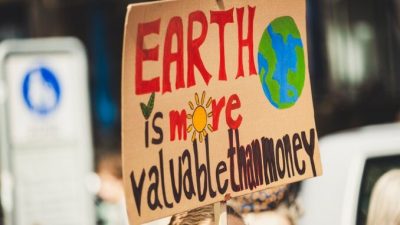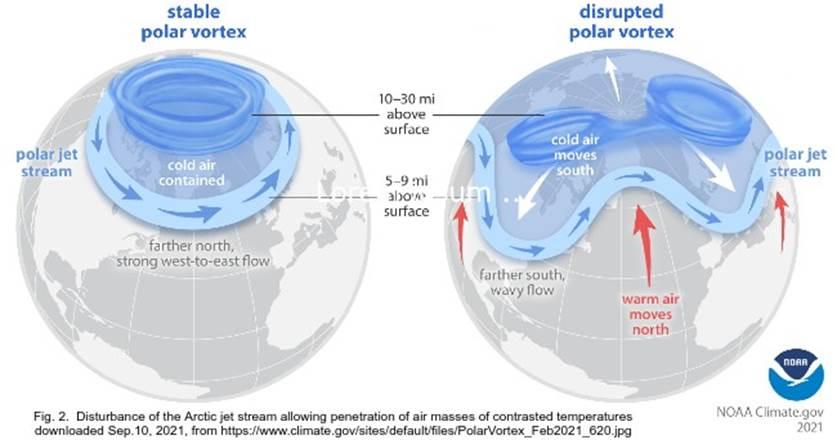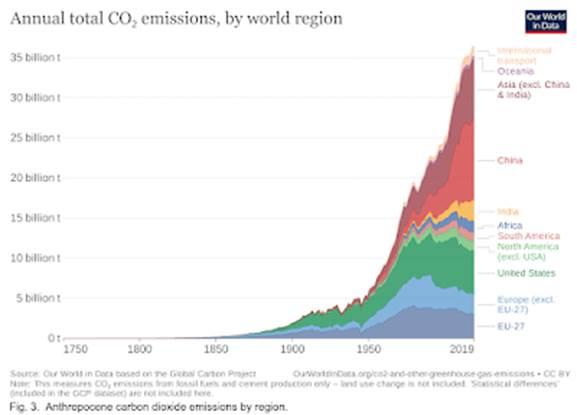On Borrowed Time: The Road to a Tropical +4°C World?

All Global Research articles can be read in 51 languages by activating the “Translate Website” drop down menu on the top banner of our home page (Desktop version).
Visit and follow us on Instagram at @crg_globalresearch.
***
Toward late this century global temperatures are likely to either reach super-tropical levels of >>14°C or/and extreme levels of storminess consequent on clashes between Arctic and Antarctic sourced cold and warm air and water masses.
Humans appear to be mainly concerned about any one issue at a time, and while COVID-19 is [allegedly] “claiming the lives of millions” Homo sapiens appears to be increasingly oblivious to the growing threat to billions of humans and to nature, including the inhabitability of large regions and extinguishment of habitats.
The almost universal assumption as if a reduction in greenhouse gas emissions is in itself sufficient to prevent further warming is misleading, since positive feedbacks from land and ocean would continue to raise greenhouse levels and temperatures.
Such feedback effects include:
- increased evaporation with warming, water vapor being a greenhouse gas;
- melting ice decreasing the albedo effect of Earth, exposing dark rock surfaces, reducing the albedo of the polar terrains and sea ice in surrounding oceans, enhancing infrared absorption and heating;
- burnt and desiccated vegetation decreasing the albedo;
- decreased absorption and solubility of CO₂ in warming oceans;
- release of CO₂ and methane from drying vegetation, from melting permafrost and from bogs.
A critical parameter, rarely mentioned in the media, is the inexorable accelerating rise in atmospheric greenhouse gases. With CO₂ reaching 414.6 parts per million, CH₄ (methane) is reaching 1891.3 parts per billion and total greenhouse gas concentration of 500 parts per million, a level unknown since the Miocene about 5.3-23 million years ago.
With a Miocene CO₂ level in the range of ~400-500 parts per million and mean temperatures up to 18.4°C, the atmosphere is tracking toward super-tropical temperatures, which would render large regions uninhabitable.
Anthropocene temperature rise rates are at least an order of magnitude higher than the mean temperature rise since the Last Glacial Maximum:
- Given the current mean global land and ocean temperature of 14°C, i.e. 6.2°C warmer than the mean ~7.8°C temperature of the Last Glacial Maximum (LGM) (~19,000–23.000 years-ago), the mean warming of (~0.00026°C/year rate; 6°C/23.000 years) is an order of magnitude slower than during the Anthropocene.
- Late Holocene/Anthropocene: 1.04°C/250 years ~0.004°C/year). This relegates the current global warming to an unprecedented category during the last ~3 million years and longer.
Namely, at ~+4 degrees Celsius of warming toward later the 21st century the Earth’s mean surface land/ocean temperature would be warmer than tropical Miocene temperatures. A lag effect between the rise of greenhouse gases and temperature would delay but not prevent the worst effects of global warming.
But even before such high mean temperatures is reached, the weakened jet stream climate zone boundary, allowing penetration of cold and warm fronts, allowing clashes between air and water masses of contrasting temperatures, would lead to storminess, disrupting human agriculture and habitats, as is already happening in northern Europe and within the Arctic circle.
How long would it take for global temperatures to rise to about ~4°C and higher would depend on:
- The acceleration in rising concentration of greenhouse gases and the lag in consequent rising temperatures;
- The extent to which ice melt flow from Greenland and Antarctica may slow down further warming in certain regions, such as the north Atlantic and the Southern Ocean;
- Further anthropogenic emissions and/or draw-down of atmospheric CO₂.
From the continuing rise of atmospheric greenhouse concentrations (CO₂: 2020 – 414.62 ppm; 2021 – 416.96 ppm) to date global greenhouse gas emissions are hardly slowing down, nor have attempts at mitigation and/or sequestration been effective. In 2019, the world emitted roughly 36.44 billion metric tons (BMT) of carbon dioxide, compared to 14.83 BMT in 1970.
According to the head of the International Energy Agency no new oil, gas or coal development ought to take place if the world is to reach net zero by 2050.
However, rising production of hydrocarbons in several regions, for example new drilling for oil in the North Sea, high production of oil and gas the USA, new coal mines in Australia and elsewhere cast doubt on the level of carbon emissions in future.
Conclusion
A rise in the mean global temperature to about 4 degrees Celsius or higher, as projected by IPCC, and/or a stormy climate consequent due to clashes between air and water masses of contrasting temperatures consequent on weakening of climate zone boundaries, are likely to progress through the 21st Century, severely disrupting natural and human habitats and species.
*
Note to readers: please click the share buttons above or below. Forward this article to your email lists. Crosspost on your blog site, internet forums. etc.
Dr Andrew Glikson is an Earth and Paleo-climate scientist, Canberra, Australia. He is a frequent contributor to Global Research.
Featured image is from Media Lens





